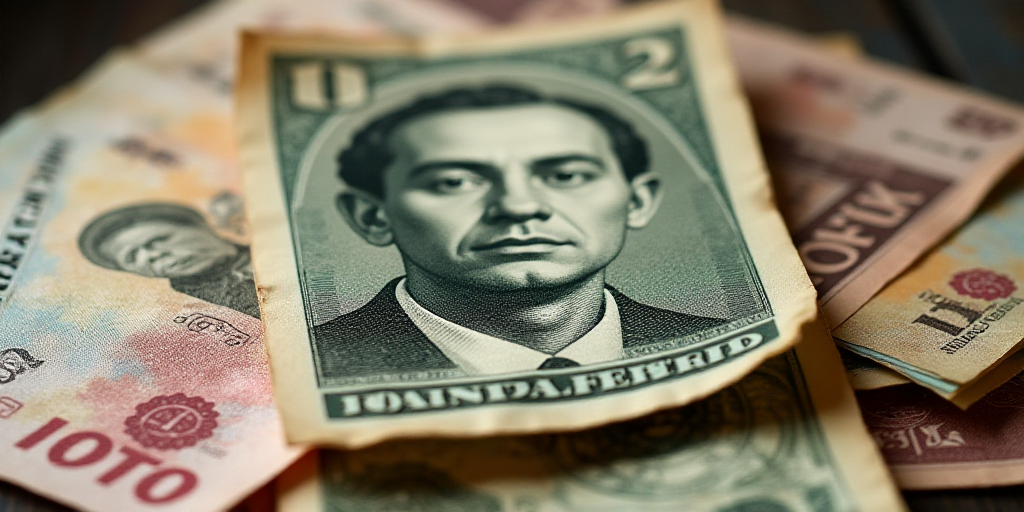Cash Preference in Mexico
Cash remains the preferred payment method for most Mexicans, with 85% of adults opting for it in transactions under 500 pesos, according to the National Financial Inclusion Survey. This preference contributes to the circulation of millions of banknotes daily, which often show signs of wear and tear or more significant damage like tears, stains, and markings.
A common question arises: does the currency lose its value if it shows such damage? The Bank of Mexico (Banxico) provides clarity on this matter.
Damaged Banknotes
Banxico explains that banknotes with stains from substances like grease, oil, paint, ink, or blood still hold value. However, they must not have been intentionally marked to convey a hidden religious, political, or commercial message.
“If your damaged, mutilated, discolored, or marked banknote is still valid, and you encounter difficulties getting it accepted, visit a branch offering exchange services—it’s free, and you don’t need to be a customer,” advises Banorte.
Altered Banknotes
Banxico defines an altered banknote as one formed by combining two or more segments from different bills. Such pieces have no value, and no additional materials should be added except transparent tape to repair tears or prevent further damage.
Damaged, Incomplete, or Mutilated Banknotes
Damaged banknotes do not lose their value. The best course of action is to secure the bill with transparent tape. Using other types of tape, like cela or paper tape, to repair the bill suggests an attempt to conceal or cover up something that diminishes its value, potentially indicating a counterfeit bill with altered features.
Banknotes missing small portions (approximately the size of a 10-peso coin) are considered “deteriorated” and retain their value.
Exchange Locations
If you receive a poorly conditioned banknote, it’s advisable to exchange it for analysis and replacement with a better-conditioned bill.
Banxico encourages visiting most bank branches for their free bill and coin exchange service. You can find participating establishments through this resource.
For suspected counterfeit bills, they should be sent to the Bank of Mexico for free analysis via any bank. The Condusef recommends obtaining a receipt with the bill’s details (denomination, folio number, series, and issuance date), your personal information (name, address, and phone number), and the bank branch’s details.
This receipt includes a folio number and date, allowing you to track the review outcome from the Bank of Mexico, which has 20 business days to issue a result. If the bill is deemed counterfeit, no refund will be provided.
The limit for non-customers is three thousand pesos or a maximum of 500 pieces per denomination. There are no limits on amounts or piece numbers for customers of the credit institution.
Key Questions and Answers
- Q: Does a stained banknote lose its value? A: Yes, but only if the stain was intentionally made to hide a message. Otherwise, it retains value.
- Q: What about banknotes with tears or markings? A: They remain valid unless intentionally altered to conceal a message.
- Q: Can I repair a damaged banknote with other types of tape? A: No, as this may suggest an attempt to conceal or cover up something that diminishes its value, potentially indicating a counterfeit bill.
- Q: Where can I exchange a poorly conditioned banknote? A: Visit most bank branches offering free bill and coin exchange services.
- Q: How do I report a suspected counterfeit bill? A: Send it to the Bank of Mexico for free analysis via any bank.






